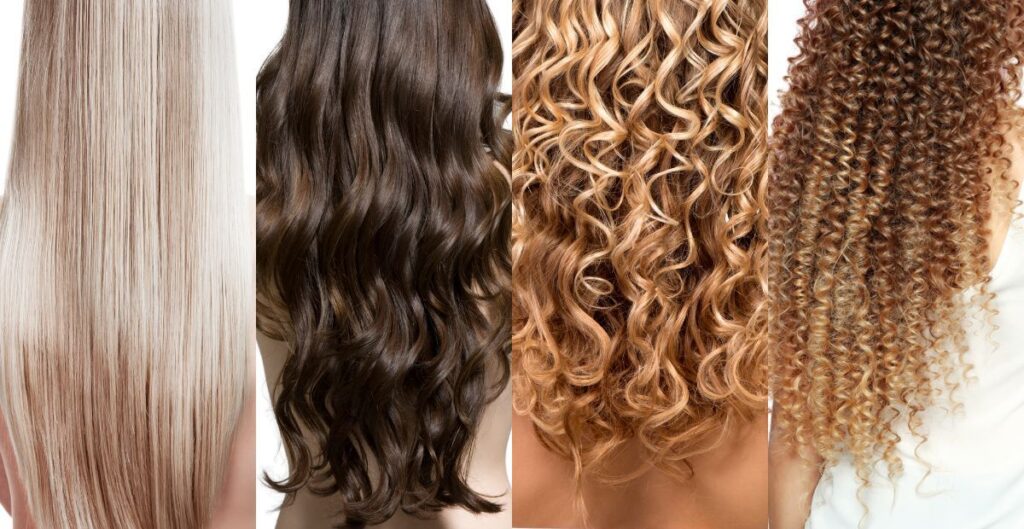Understanding your hair type is essential for proper hair care. By knowing your hair type, you can choose the right products and treatments to keep your hair healthy and beautiful. Experience deep hydration and repair with Mizuji’s premium hair mask, specially formulated to revive dry and damaged hair.
To determine your hair type start by assessing its density. Simply pull a section of hair to the side and observe how much of your scalp is visible. This will help you determine if your hair is low medium, or high density.
Next consider the texture of your hair strands. Take a single strand of hair and run it between your fingers. If it feels thin and barely noticeable, you likely have fine hair texture. If it feels slightly coarse or rough your hair may be medium texture. And if it feels thick and robust like a piece of thread, you probably have coarse hair texture.
What Does Hair Type Mean?
Hair type refers to the natural characteristics of your hair influencing its appearance and behavior. It encompasses factors like curl pattern texture density porosity scalp moisture and elasticity.
The most common aspect of hair type is the curl pattern which can be straight wavy curly or extra curly. Other parameters include hair density which measures how many strands you have per square inch and texture, which describes the diameter of your hair strands ranging from fine to coarse. Understanding your hair type helps in choosing the right products and treatments for proper hair care.
Hair Density
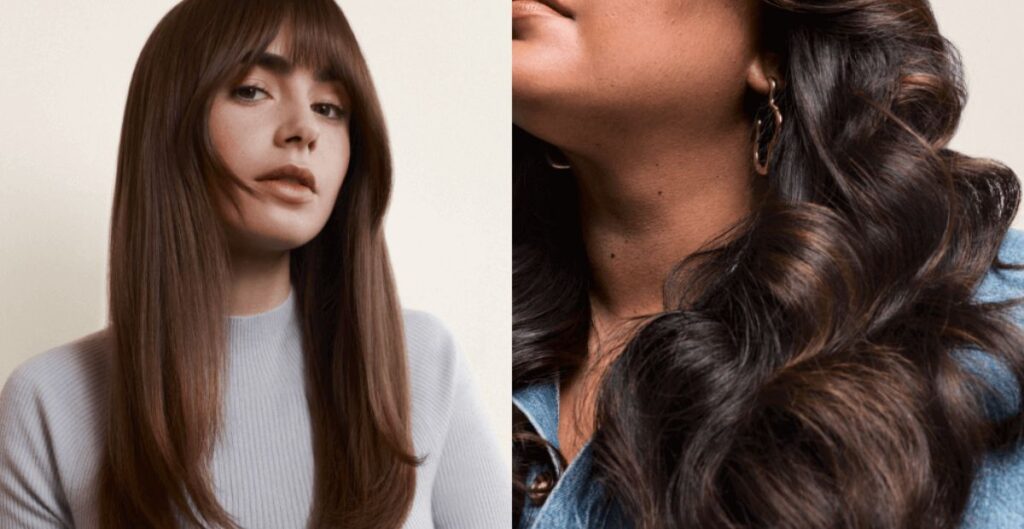
Understanding your hair density is like getting to know an old friend it helps you tailor your hair care routine to its unique needs. Hair density refers to how many individual strands of hair you have on your scalp.
Imagine your hair as a lush forest if you can see the ground between the trees or in this case your scalp through your hair), you likely have low density. If your scalp is hidden beneath a thick canopy of hair your density is high. And if it is somewhere in the middle you have medium density just the right balance.
Read this blog: WHAT IS THE BEST GREY COVERAGE HAIR DYE?
Diameter aka Texture
Determining your hair’s diameter or texture is akin to deciphering its individual language it aids in selecting the perfect products and treatments for optimal care. Hair texture often referred to as diameter describes the thickness of each strand.
Picture your hair strand as a delicate thread if it feels barely noticeable between your fingers you likely have fine texture. If it possesses a bit of weight and substance your texture is medium. And if it feels robust and sturdy, akin to a piece of yarn you likely have coarse texture resilient and strong.
Porosity
Understanding your hair’s porosity is like uncovering its secret to moisture retention guiding you in crafting the perfect care routine. Porosity refers to how well your hair can absorb and hold onto moisture a crucial factor in maintaining its health and vitality.
Imagine your hair as a sponge, eagerly soaking up moisture if it quickly drinks in water, you likely have high porosity. If it absorbs moisture at a steady pace your porosity is medium. And if it takes its time to absorb moisture you probably have low porosity requiring a more patient approach to hydration.
Think of porosity as your hair’s thirst level indicating how much moisture it needs to stay hydrated and nourished. By understanding your hair’s porosity you can choose the right products and treatments to keep it beautifully moisturized and healthy.
Scalp Moisture / Oiliness
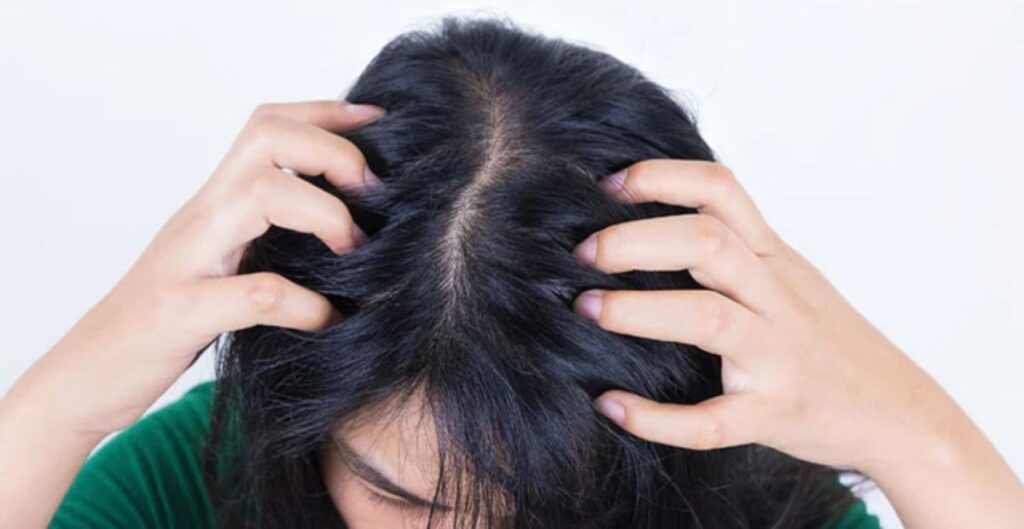
Nurturing your scalp’s moisture balance is like tending to a garden ensuring it thrives with vitality and health. The scalp produces a natural oily substance called sebum which moisturizes and protects the hair.
Imagine your scalp as a delicate ecosystem with sebum acting as its natural moisturizer. If your scalp underproduces sebum you may experience dryness or flaking, while overproduction can lead to greasiness. Finding the right balance is key to maintaining a healthy scalp and luscious locks.
Think of your scalp’s oiliness as its unique fingerprint guiding you in selecting the perfect shampoo and conditioner. By understanding your scalp’s moisture needs you can nurture it with care ensuring it remains balanced and radiant.
Also Read this blog: HOW TO STYLE AN OVERSIZED T-SHIRT LIKE A CELEB
Hair Elasticity
Caring for your hair’s elasticity is essential for maintaining its strength and resilience. Elasticity refers to how much your hair can stretch before returning to its original state without breaking.
Think of your hair like a rubber band if it stretches without snapping you likely have high elasticity. However, if it breaks quickly when stretched your hair may have low elasticity indicating potential brittleness. Understanding your hair’s elasticity helps you choose suitable products and treatments to keep it healthy and prevent breakage ensuring it remains flexible and strong.
The Four Curl Patterns: Straight, Wavy, Curly, Extra Curly
Straight: Hair grows without any noticeable curl pattern appearing sleek and smooth.
Wavy: Hair displays ‘S’ subtle shaped curls or waves adding texture and volume.
Curly: Hair forms distinct coil curls ranging from loose to tight curls creating bounce and definition.
Extra Curly: Hair exhibits pronounced ‘Z’ shaped curl pattern characterized by tight coils or ringlets adding volume and texture.
Are You Interested in Becoming a Cosmetologist?
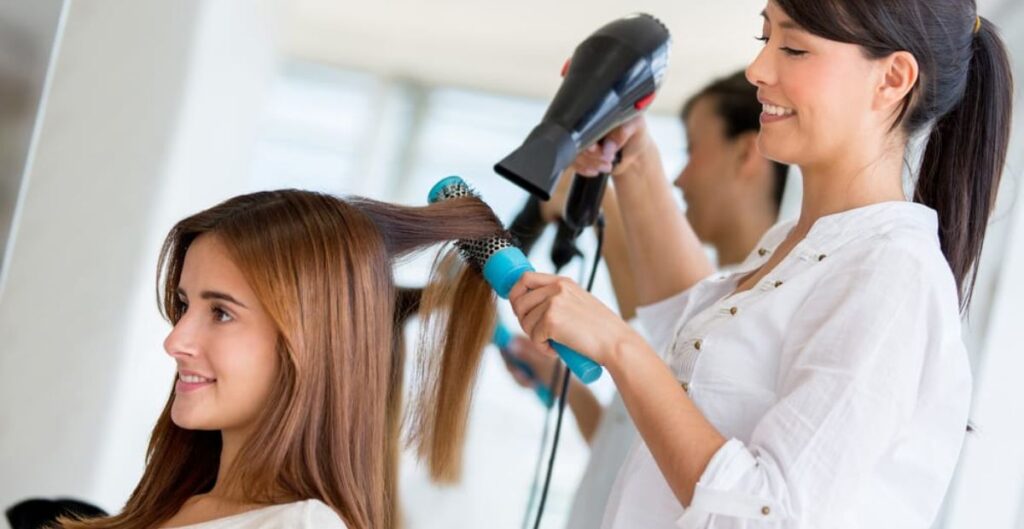
Embarking on a journey to become a cosmetologist is like stepping into a world of creativity and transformation where you can make others feel confident and beautiful. It is a profession filled with opportunities to express your artistic flair and passion for beauty.
Imagine being able to create stunning hairstyles flawless makeup looks and personalized skincare routines that enhance people’s natural beauty. As a cosmetologist you have the power to make a positive impact on your clients’ lives, boosting their self-esteem and leaving them feeling empowered.
Think of cosmetology as more than just a career it is a calling to use your talents to uplift and inspire others. If you are passionate about beauty creativity and making a difference in people’s lives then pursuing a career in cosmetology could be the perfect fit for you.
What about hair-fall and ageing hair?
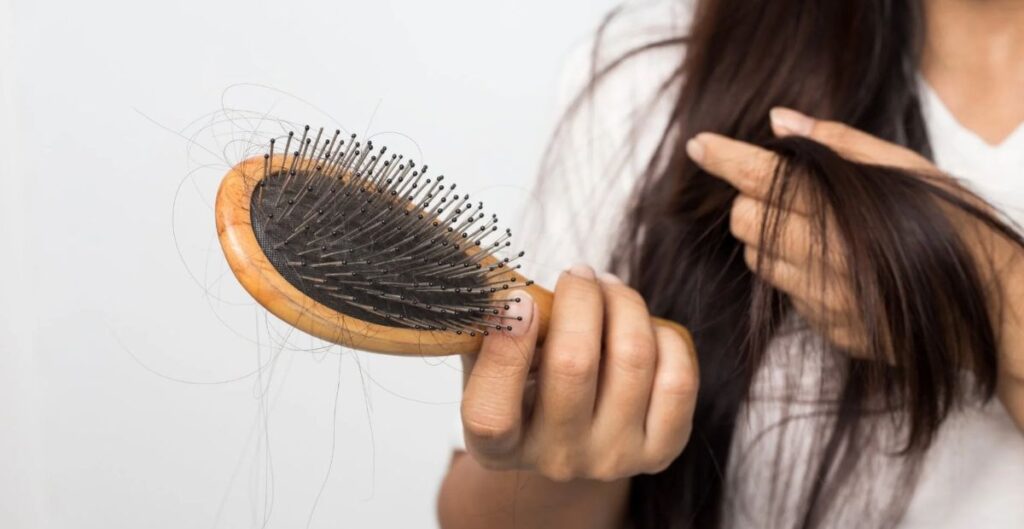
Facing challenges like hair fall and aging hair can be daunting but it’s essential to approach them with care and understanding. These issues are often part of the natural aging process and can be influenced by various factors such as genetics lifestyle and hormonal changes.
Imagine your hair as a reflection of your journey through life evolving over time like a cherished companion. With the right knowledge and treatment you can embrace these changes gracefully ensuring your hair remains healthy and vibrant as you age.
Get to know your scalp
Your scalp’s health directly impacts the condition of your hair, making scalp care essential for maintaining healthy locks. Take the time to assess your scalp’s condition post-wash to determine its needs. If your roots appear greasy and lifeless, it indicates an oily scalp prone to buildup. Consider incorporating a deep-cleansing scalp scrub to eliminate impurities and excess oils. Conversely, if you notice flakes, your scalp may be dry and sensitive, requiring gentle nourishment. Opt for a sulfate-free hydrating shampoo to cleanse and moisturize without stripping away essential oils, promoting scalp health and vibrant hair.
But what if my scalp is both oily and flaky?
Prodigio Invest in our luxury haircare range, Prodigio, to address scalp disarray caused by product and oil buildup from infrequent or improper washing. Restorative Products range is specifically designed to restore balance to your hair and scalp, promoting optimal health.
- Regenerating Oil: Nourishing oil that rejuvenates damaged cells and seals split ends for healthier locks.
- Regenerating Treatment: Intense pre-wash treatment that replenishes and renews your hair and scalp, providing deep nourishment.
- Scalp Scrub: Soothing cleansing formula tailored for oily and flaky scalps, effectively removing impurities and promoting scalp health.
What about hair-fall and ageing hair?
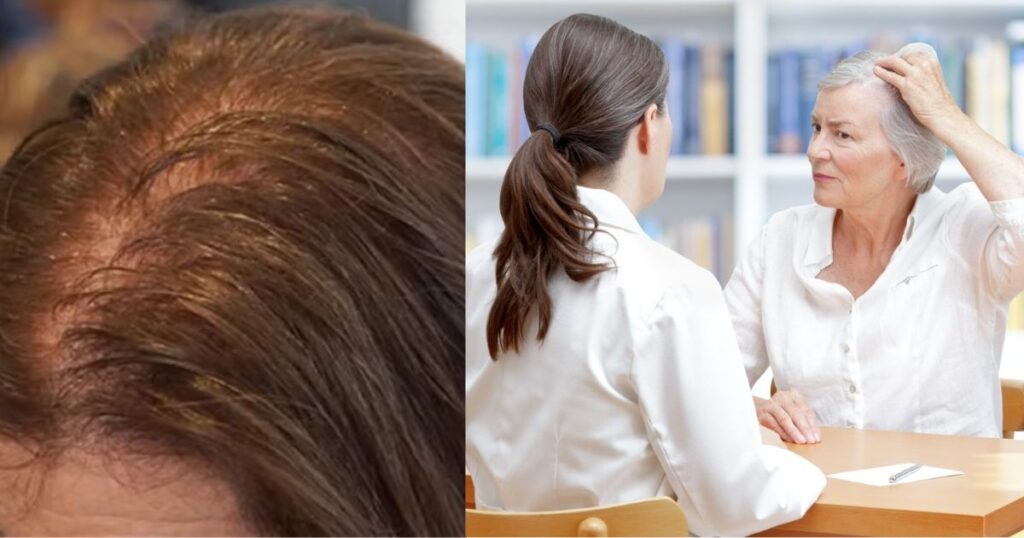
Concerned about hair-fall and aging hair? While these are often seen as conditions rather than specific hair types, it’s essential to choose products that nurture and support your locks. If your hair falls into either of these categories, consider using our Vita Collection for optimal results.
Formulated with natural ingredients, this range is designed to revitalize and strengthen fragile and depleted hair, offering a winning solution for those dealing with hair-fall or aging hair.
Frequently Asked Question
How can I tell if my hair is low, medium, or high density?
Simply pull a section of hair to the side and observe how much of your scalp is visible. If you can see your scalp easily you likely have low density. If your scalp is barely visible you have high density. And if it’s somewhere in between you have medium density.
What is the difference between fine, medium, and coarse hair texture?
Fine hair strands are barely noticeable between your fingers while medium texture is somewhat noticeable. Coarse hair feels robust and sturdy like a piece of thread.
How do I determine the porosity of my hair?
Take a strand of hair and put it in a bowl of water. If it sinks quickly, you have high porosity. If it sinks at a moderate pace you have medium porosity. And if it floats you have low porosity.
What causes oily or dry scalp?
Oily scalp is often due to overproduction of sebum while dry scalp results from underproduction. Factors like genetics hormones and environmental conditions can contribute to scalp oiliness or dryness.
What does hair elasticity indicate?
Hair elasticity refers to its ability to stretch and return to its original shape without breaking. High elasticity indicates strong and healthy hair while low elasticity may signal brittleness or damage.
How can I determine my hair’s curl pattern?
Straight hair has no visible curl pattern, while wavy hair has subtle ‘S’ shaped curls. Curly hair forms distinct coil curls and extra curly hair has pronounced ‘Z’ shaped curl pattern.
Final Thoughts
Determining your hair type is a fundamental step in achieving healthy and beautiful hair. By understanding factors such as density, texture porosity scalp moisture elasticity and curl pattern you can customize your hair care regimen to address its specific needs. Embracing your hair’s uniqueness allows you to select the right products and treatments that enhance its natural beauty and resilience. Remember, every hair type is unique, so it is essential to experiment and discover what works best for you. With patience and care you can nurture your hair to its fullest potential ensuring it remains vibrant and radiant for years to come.

